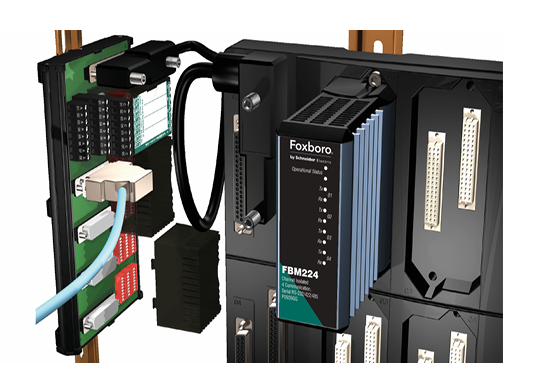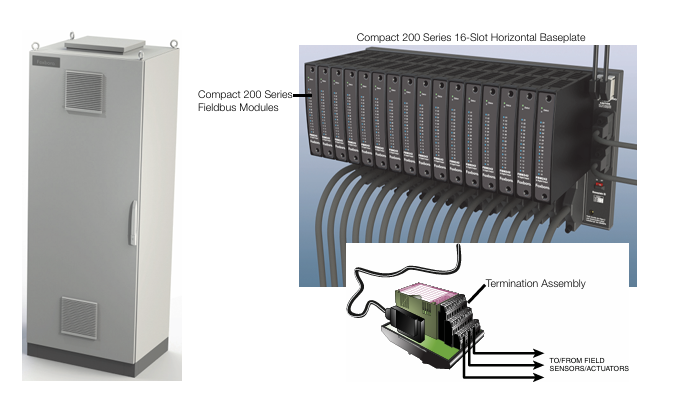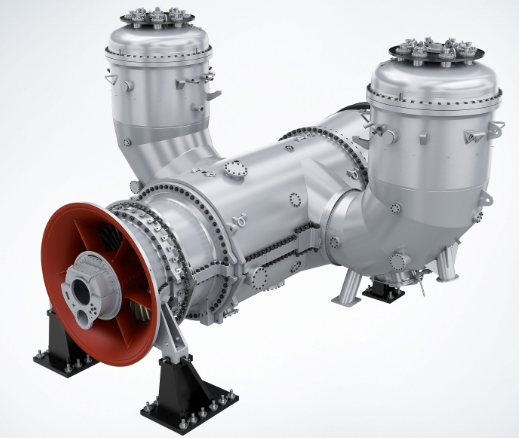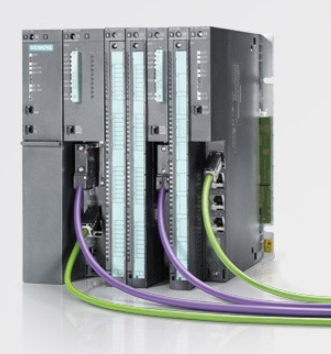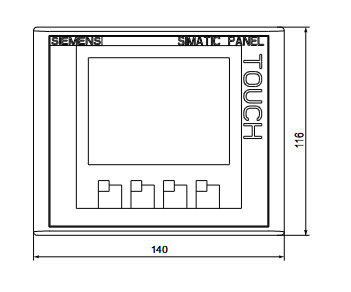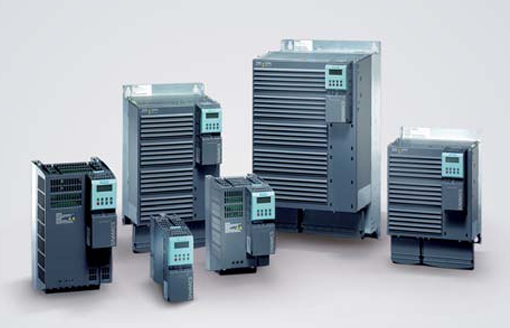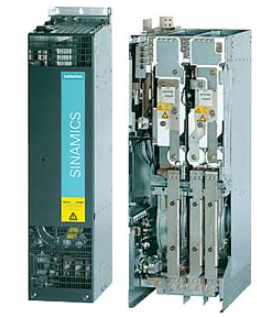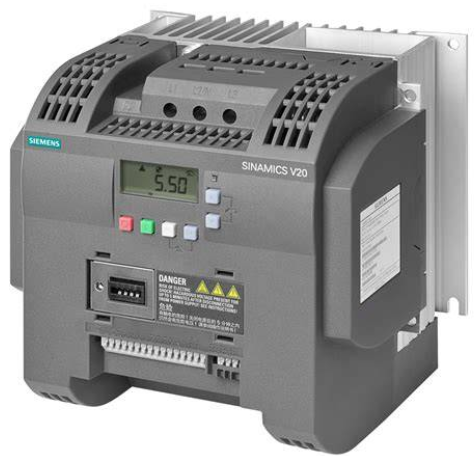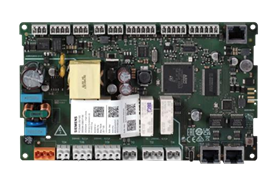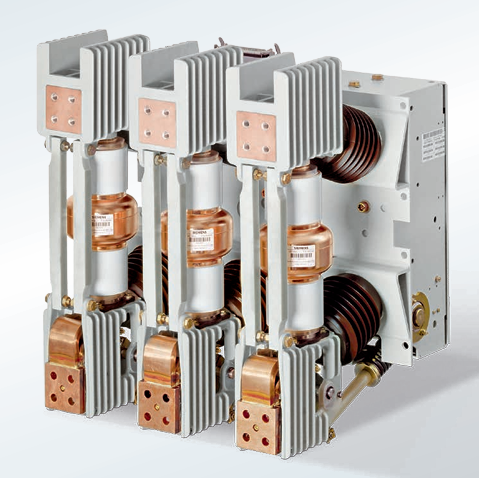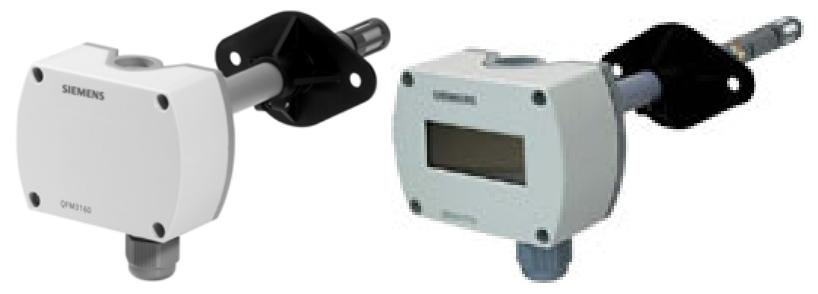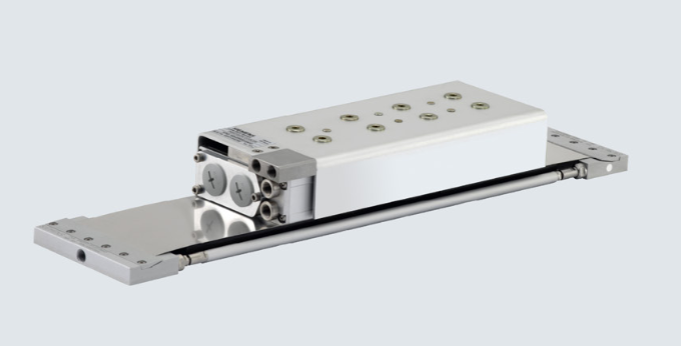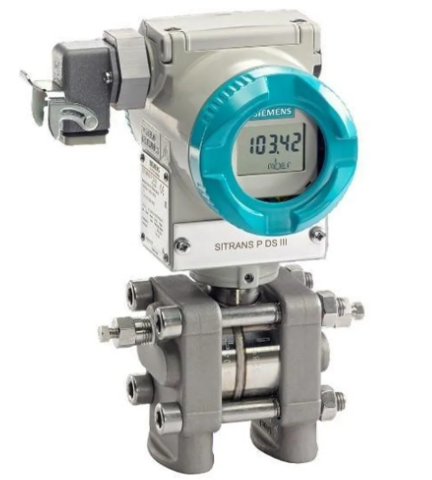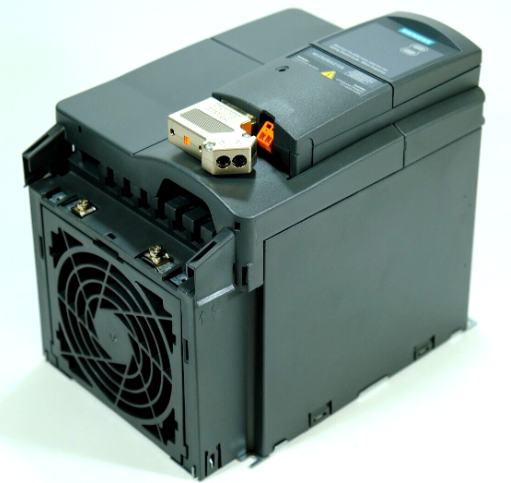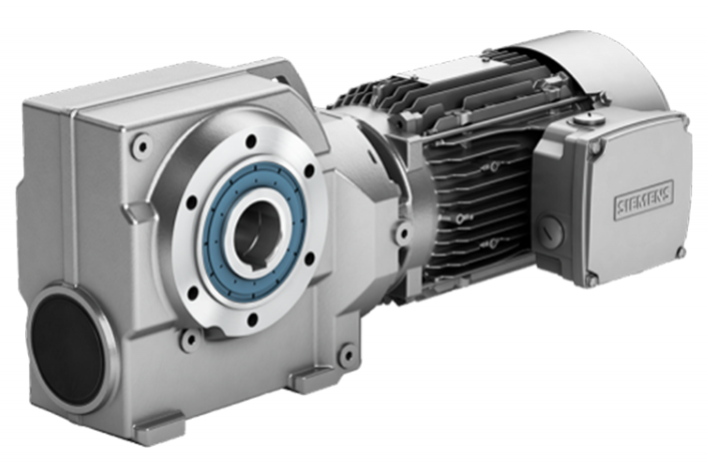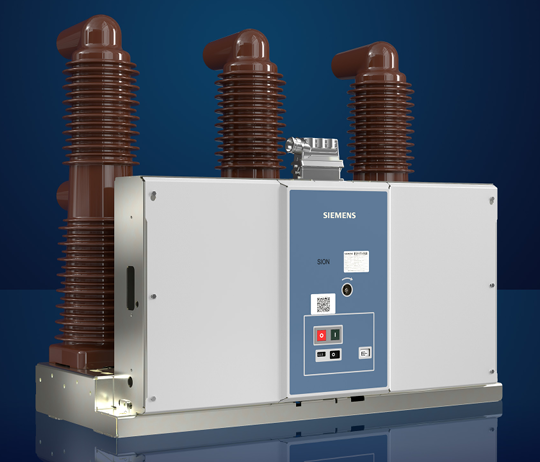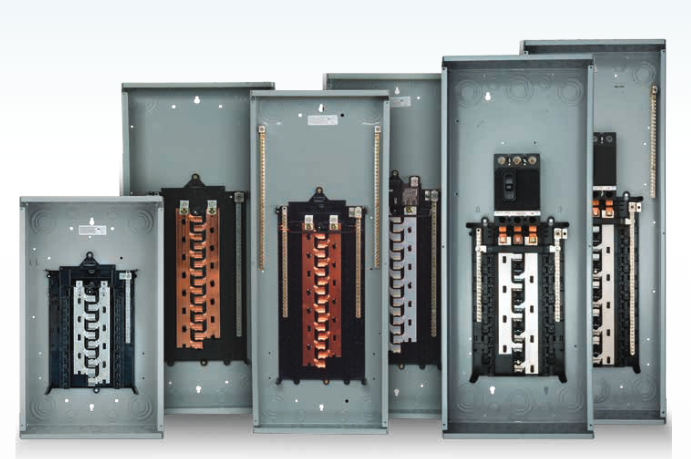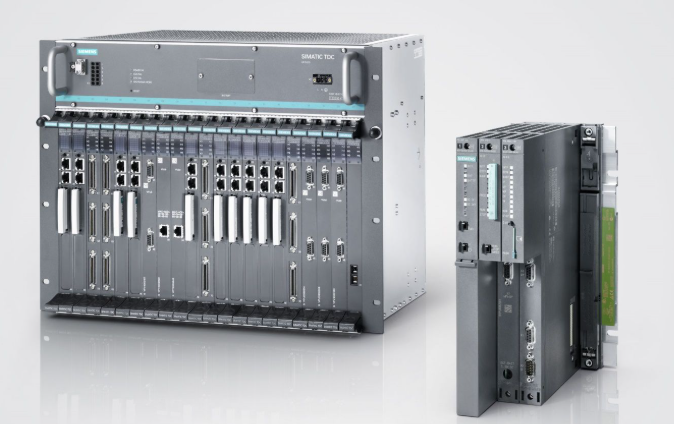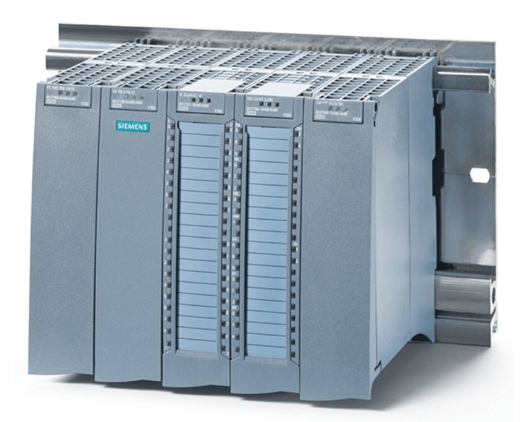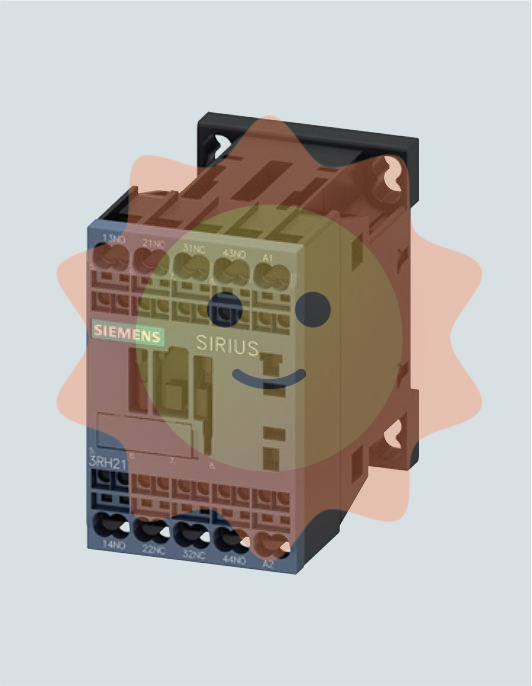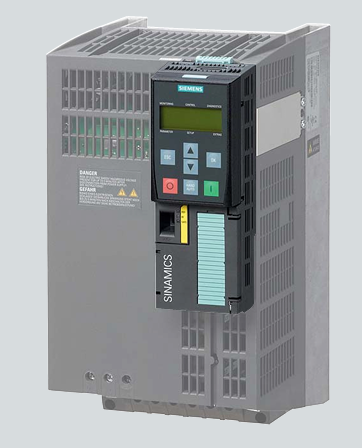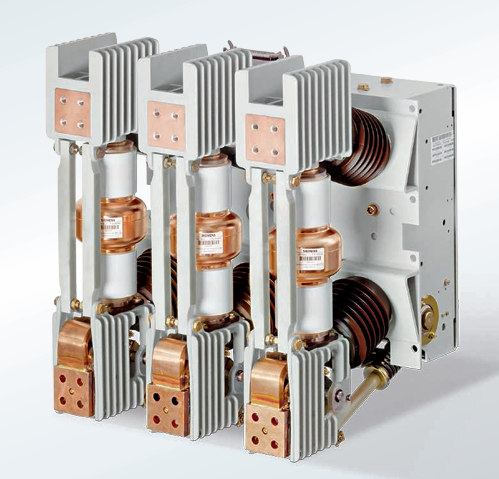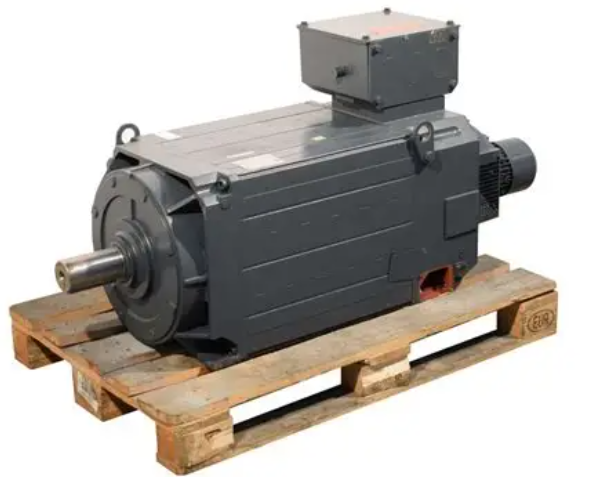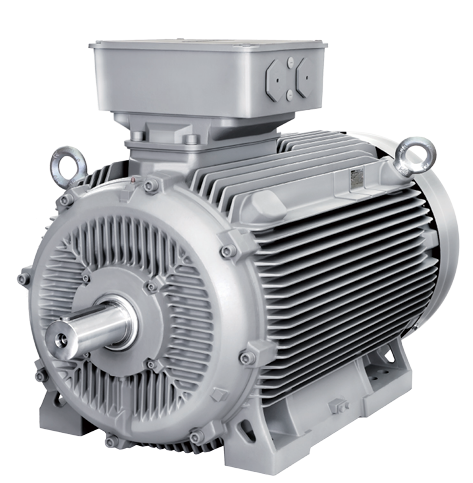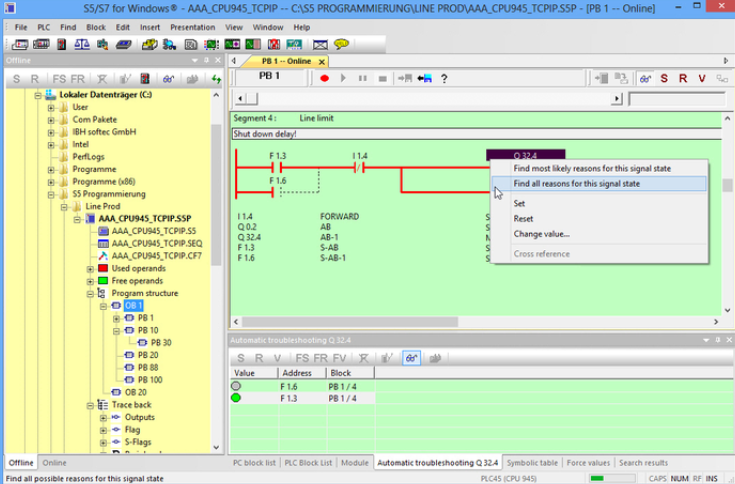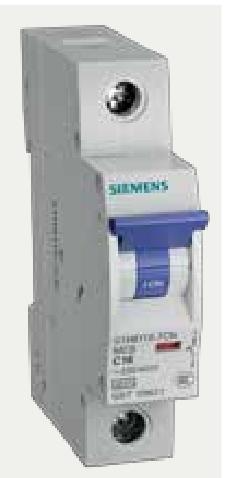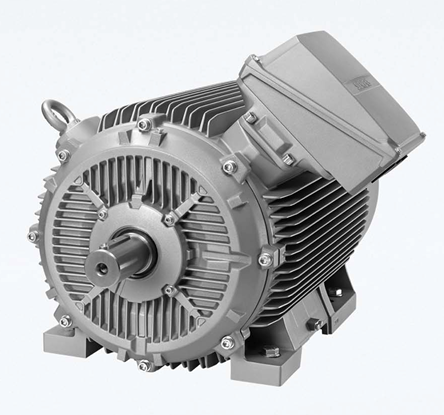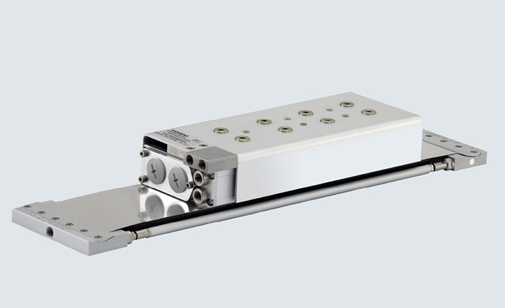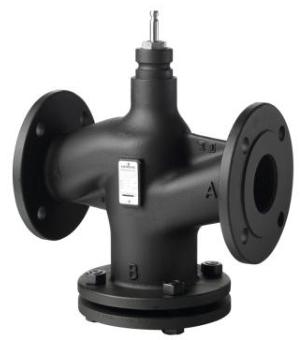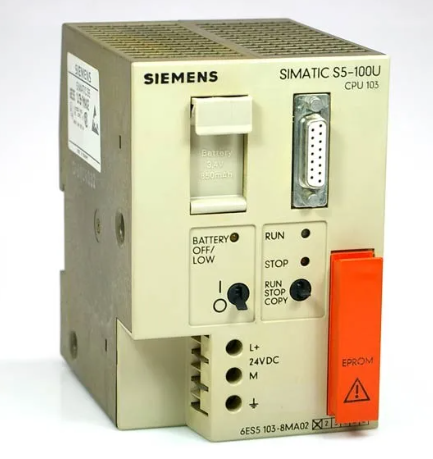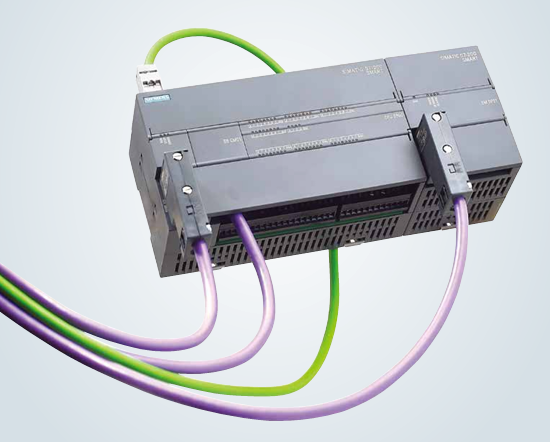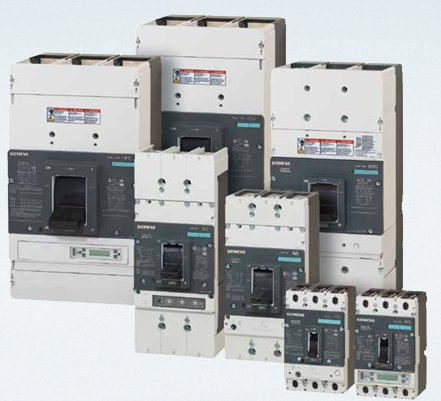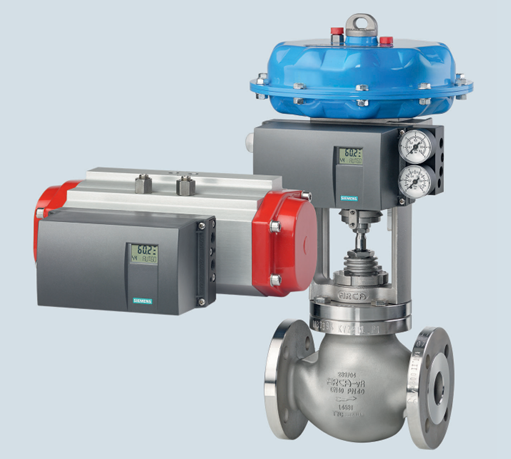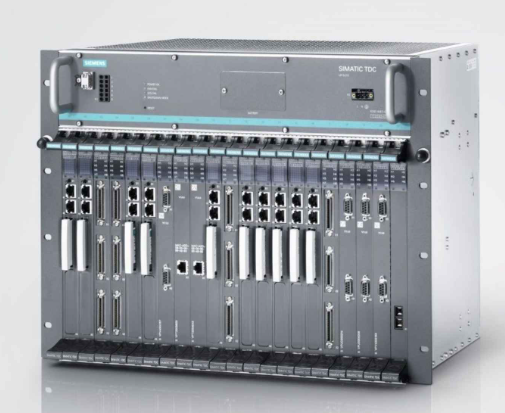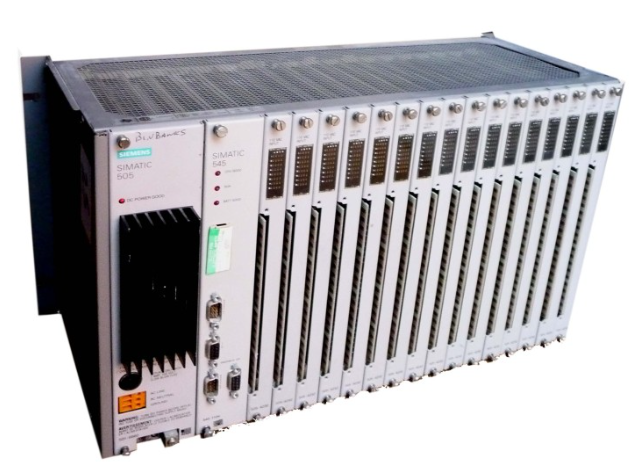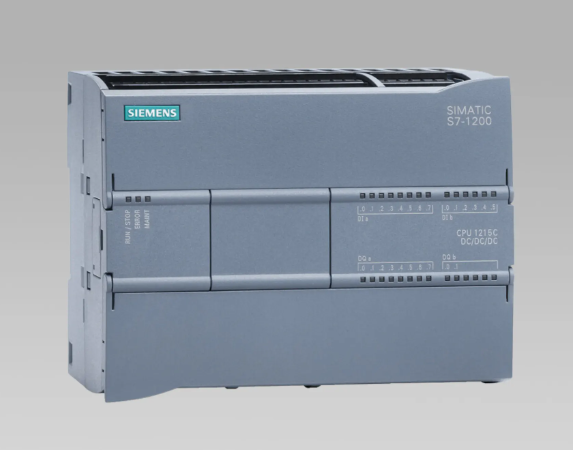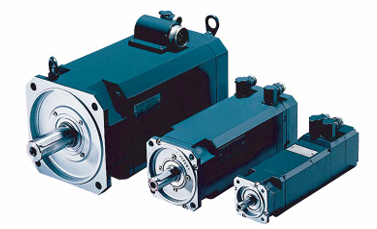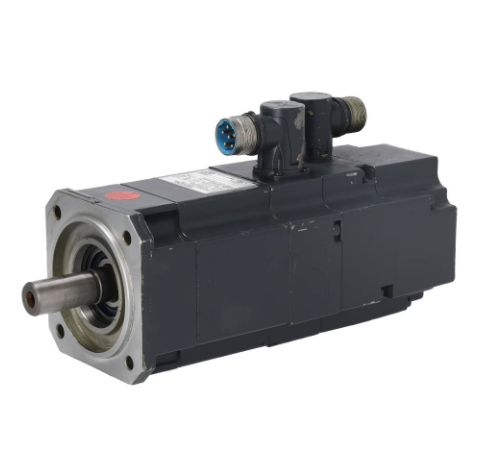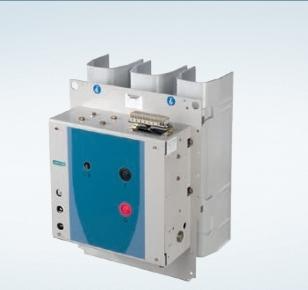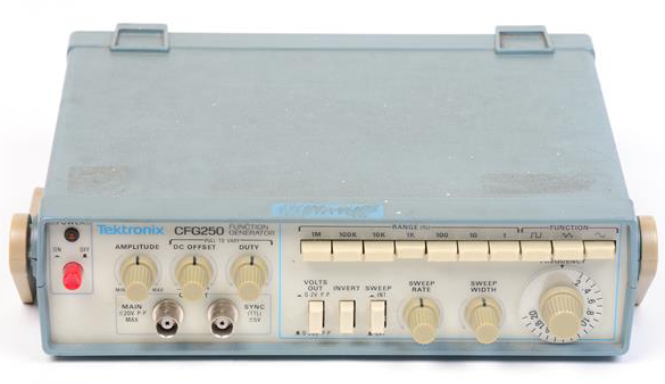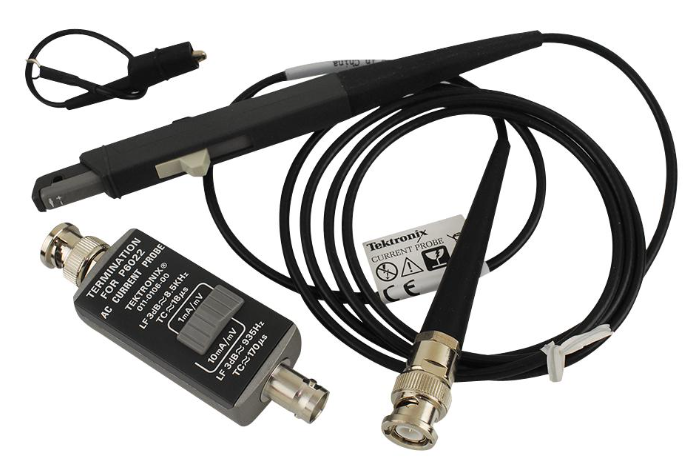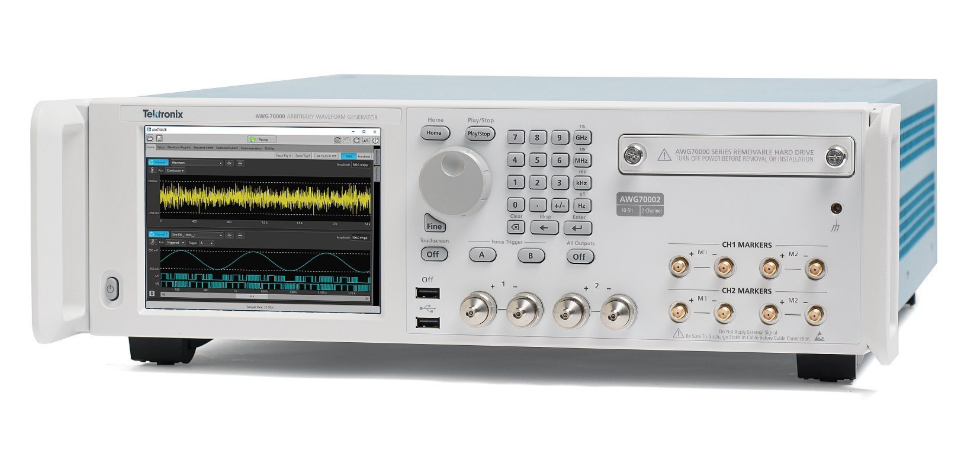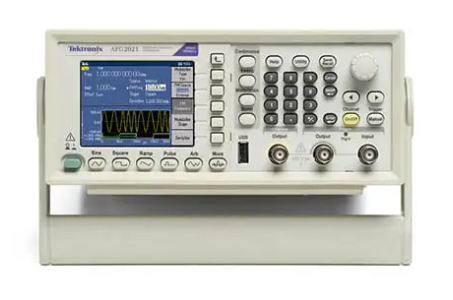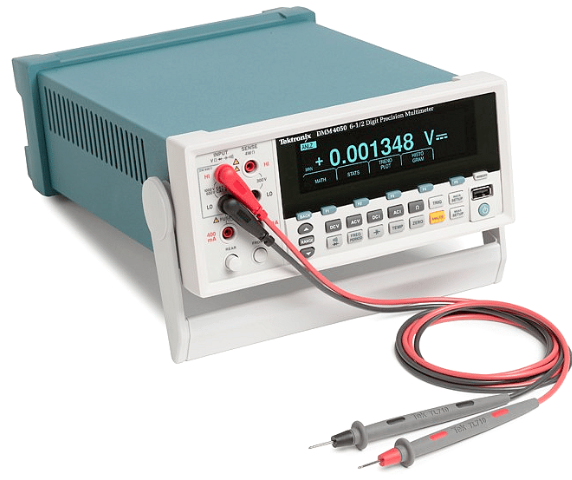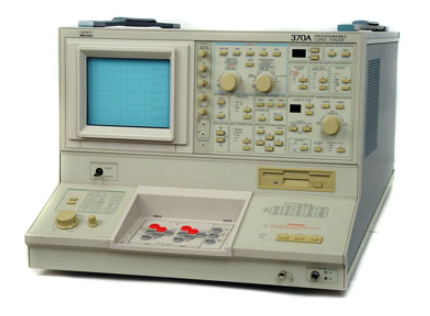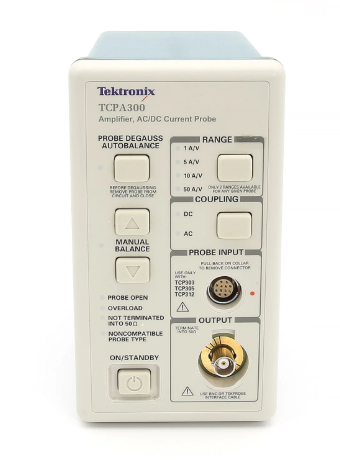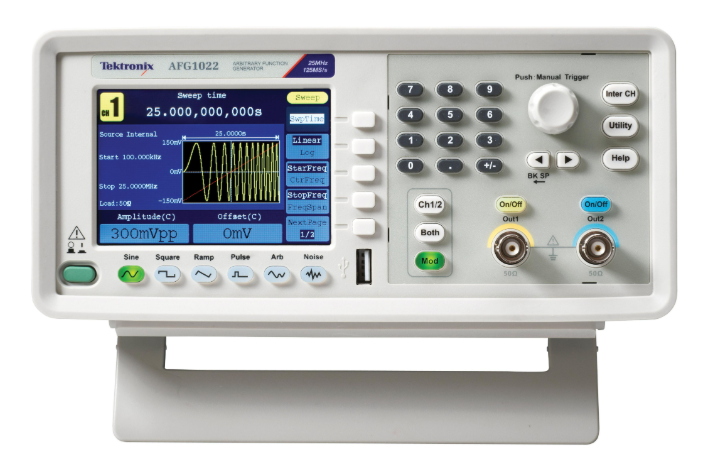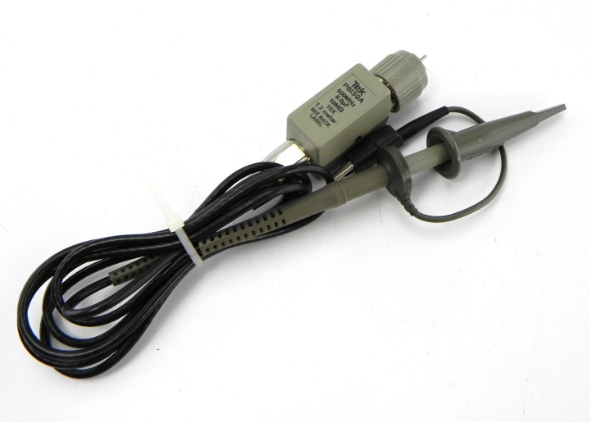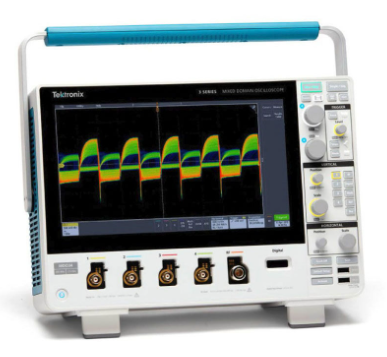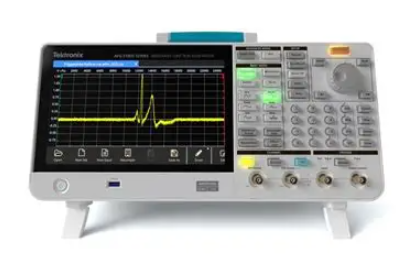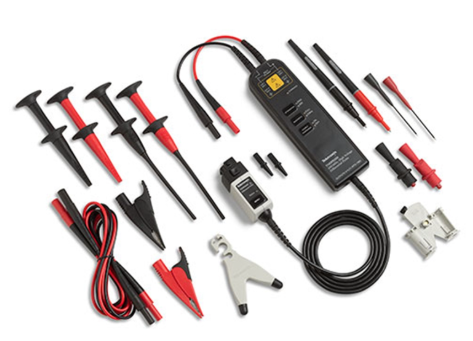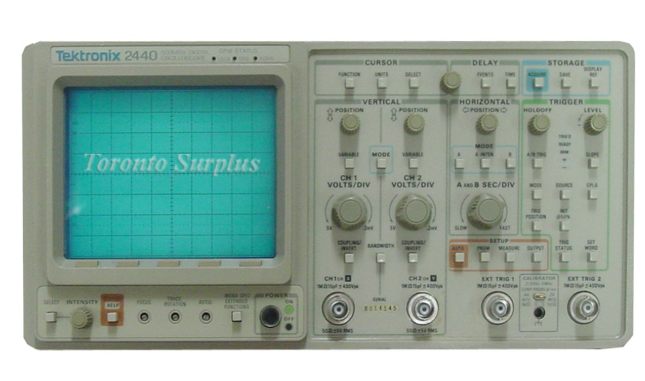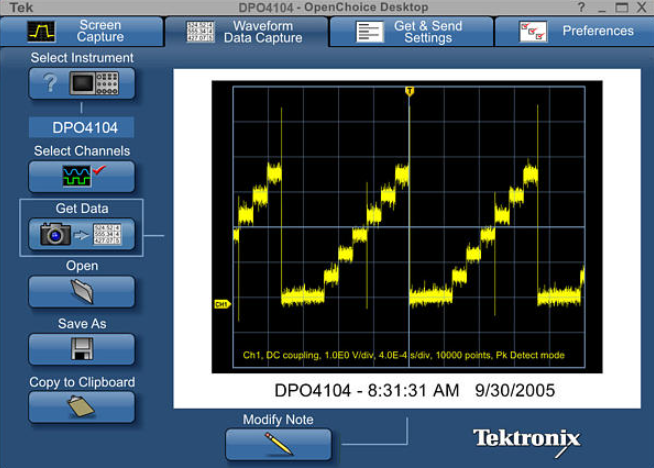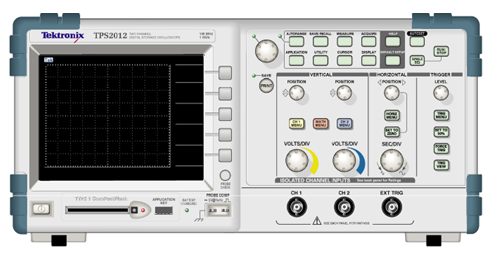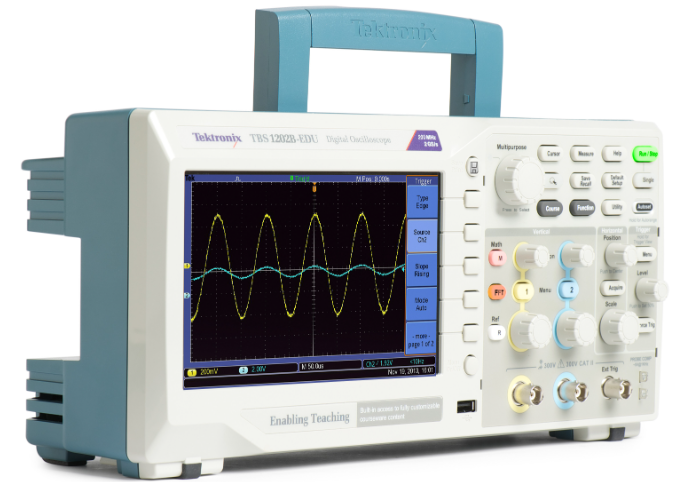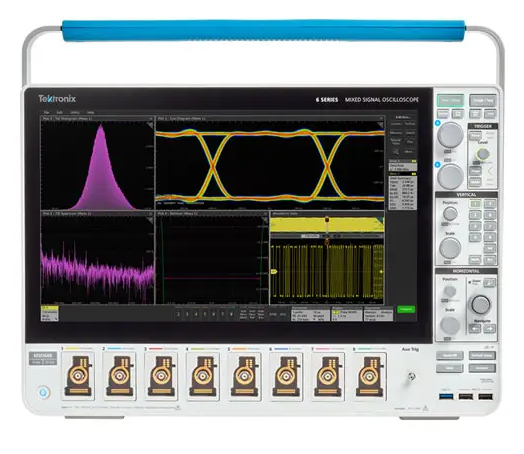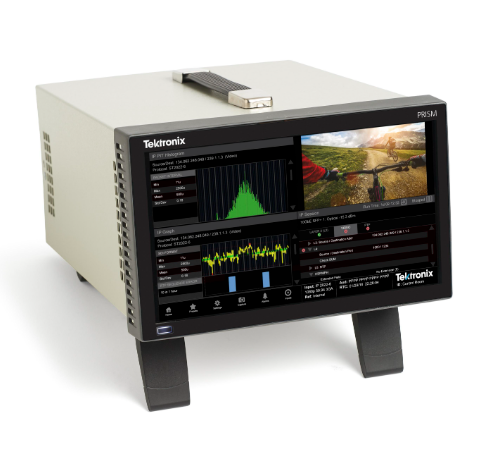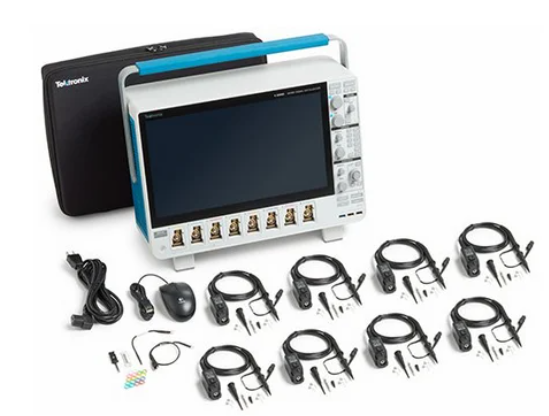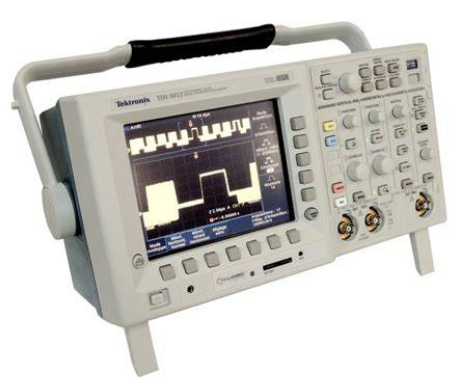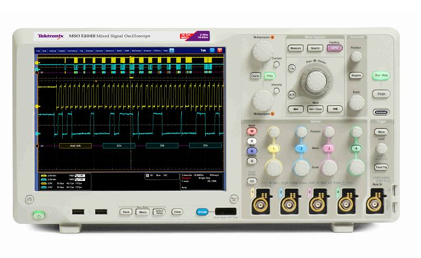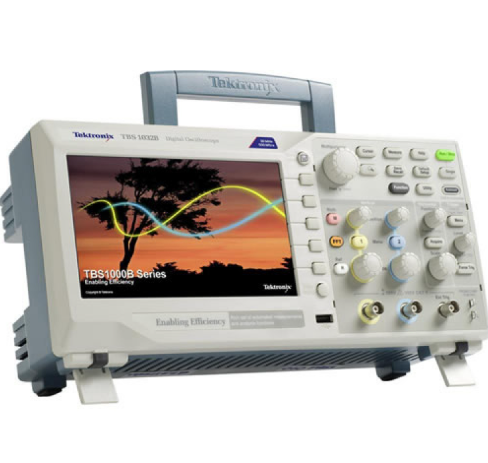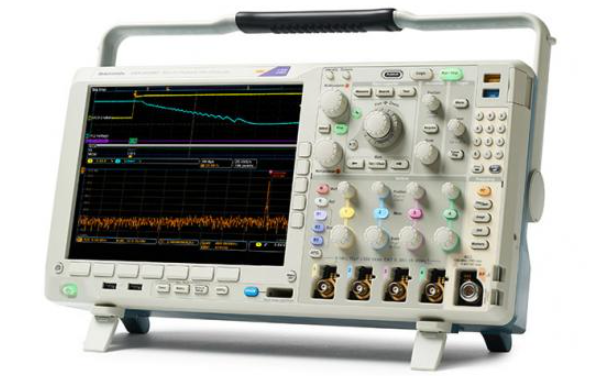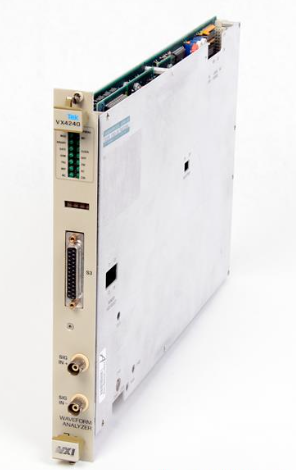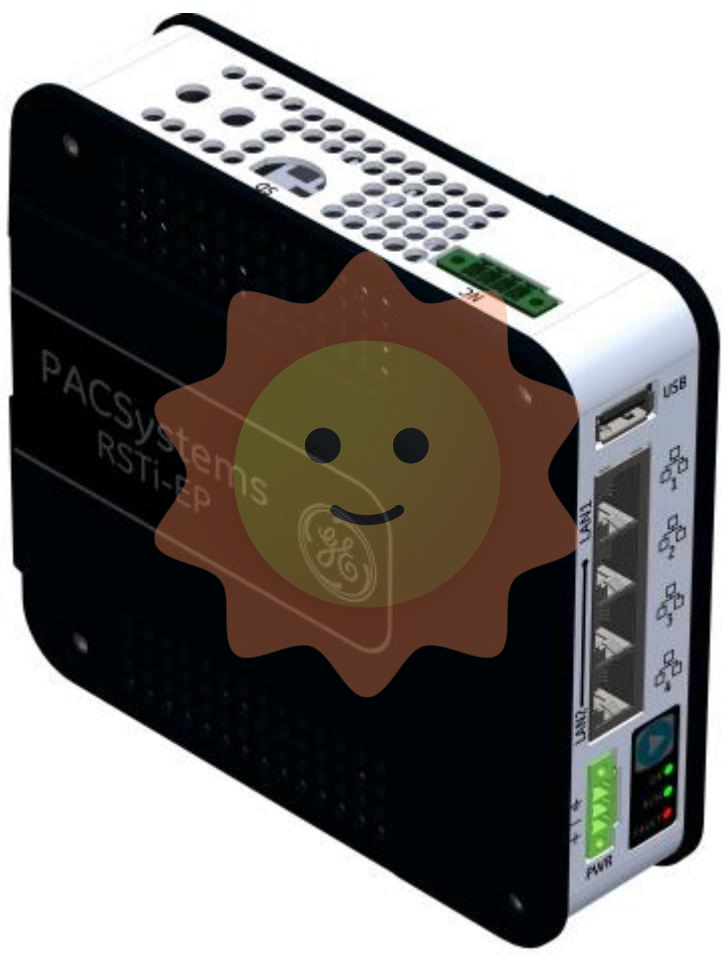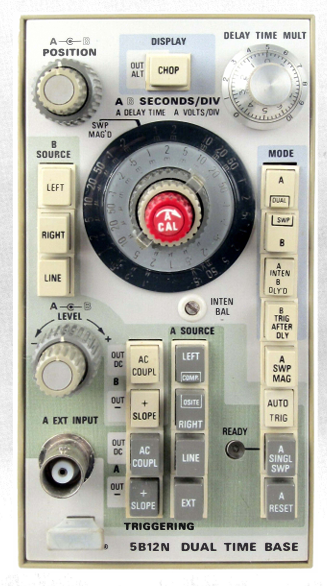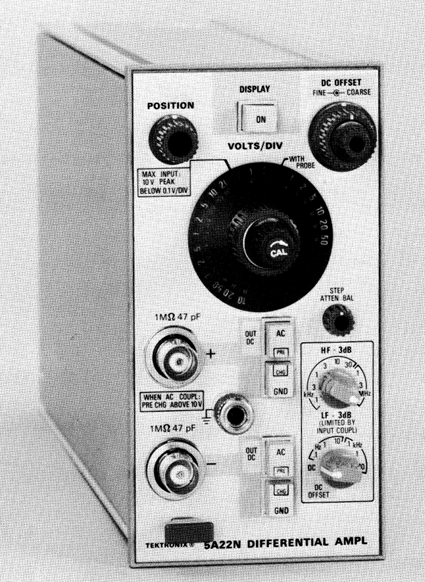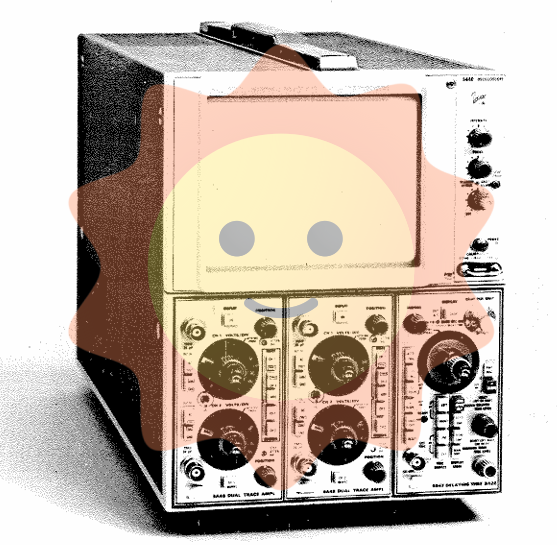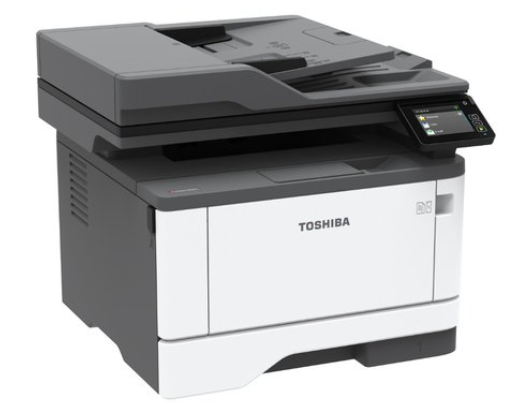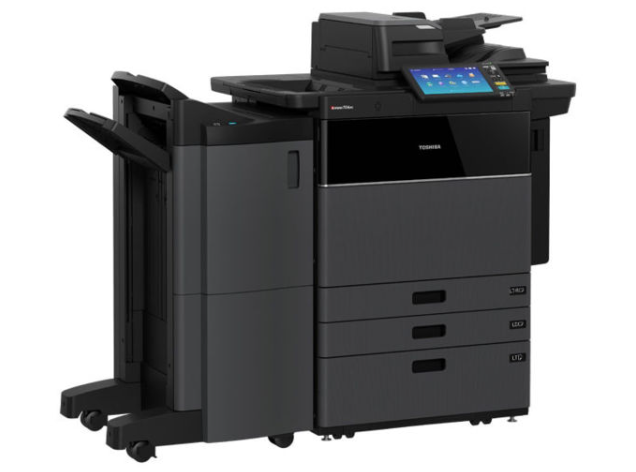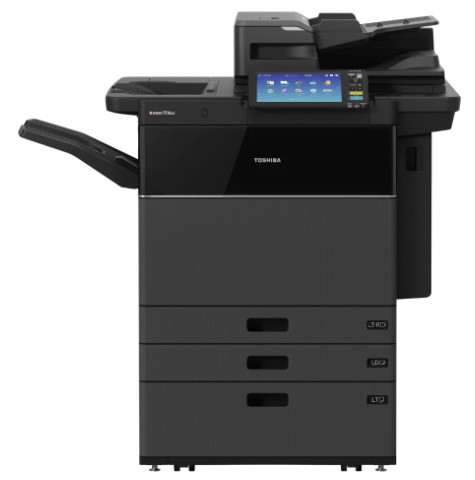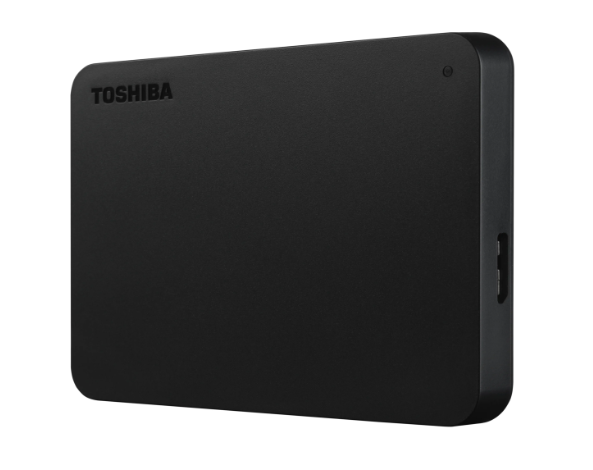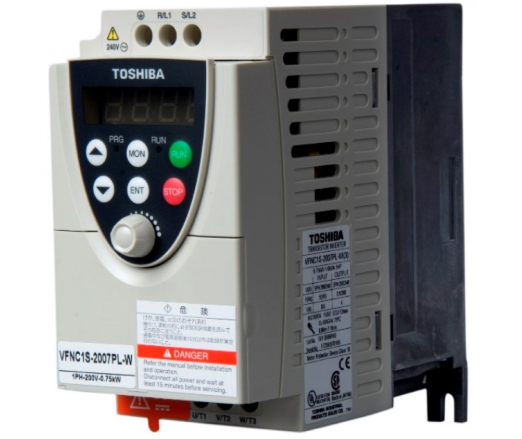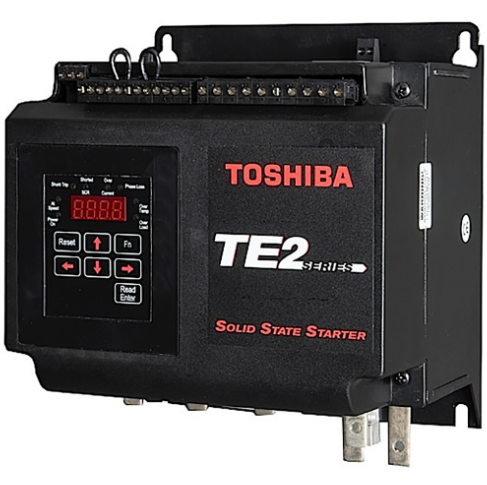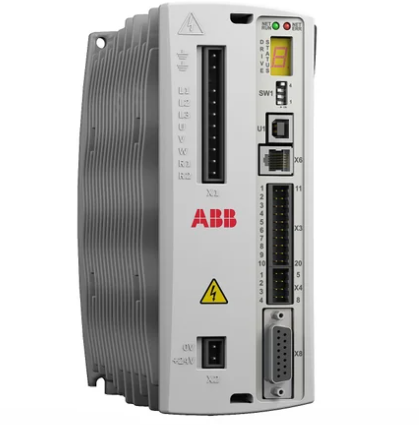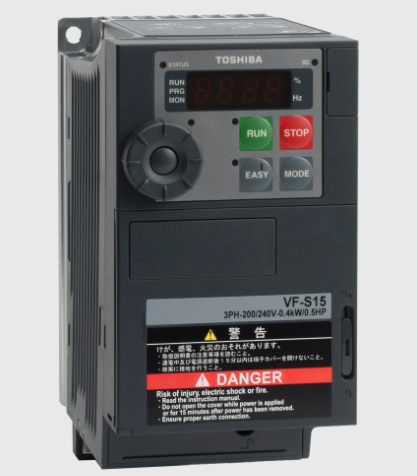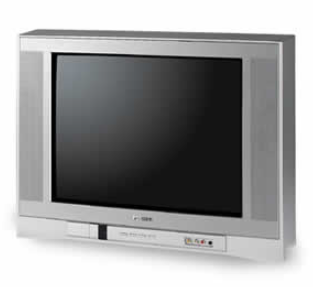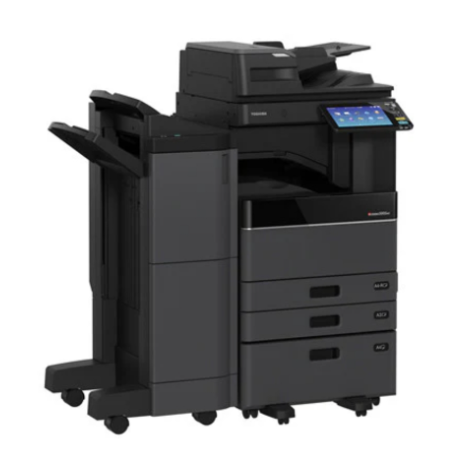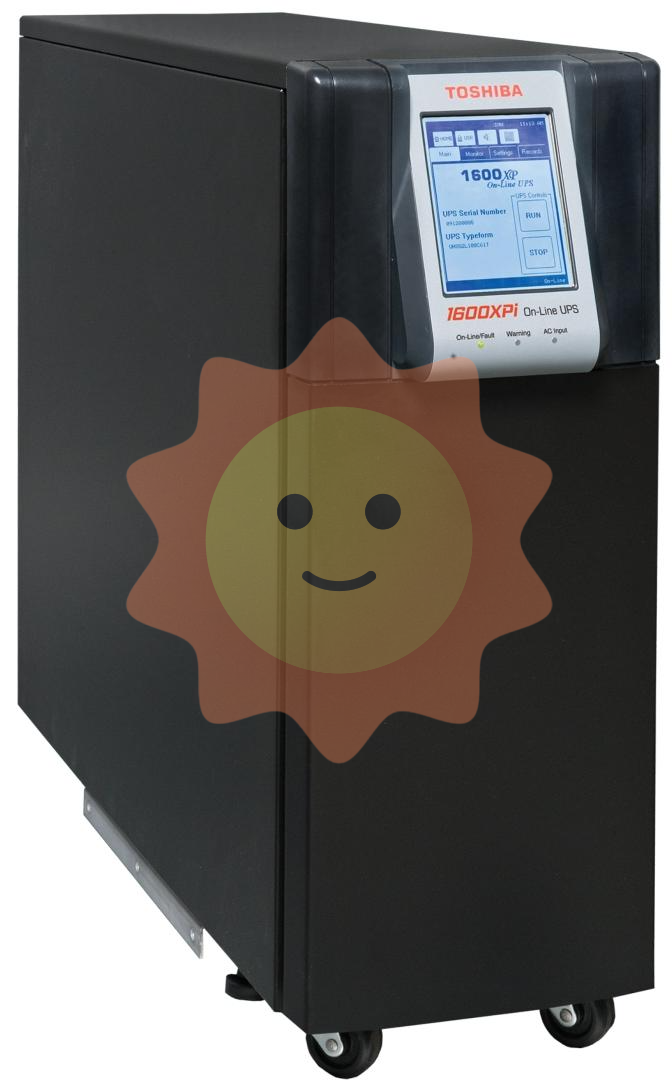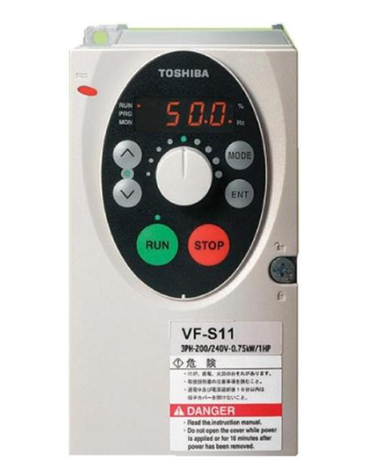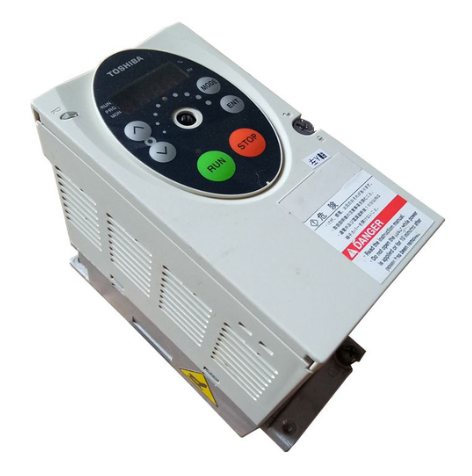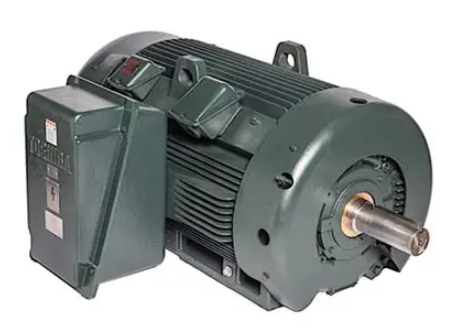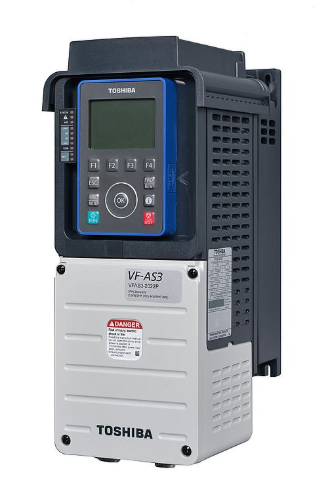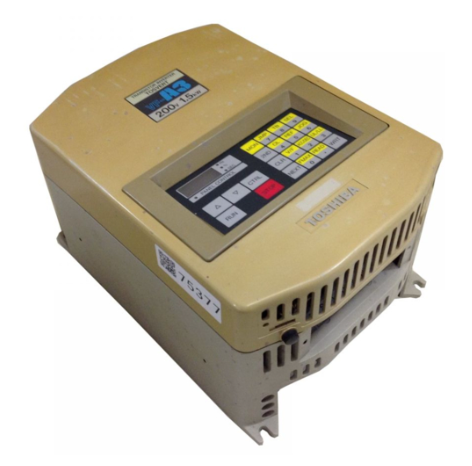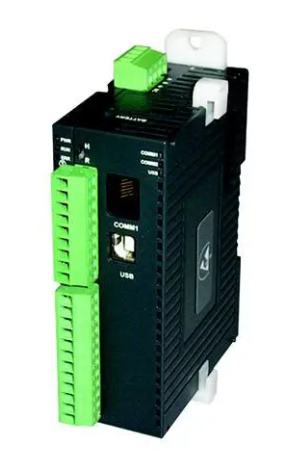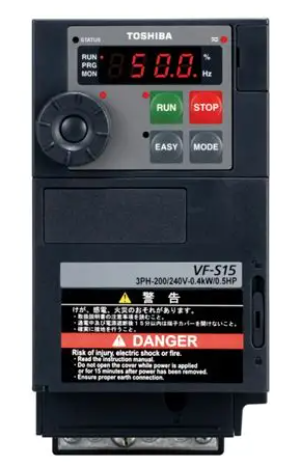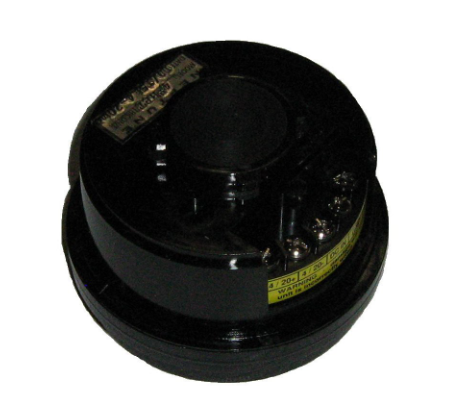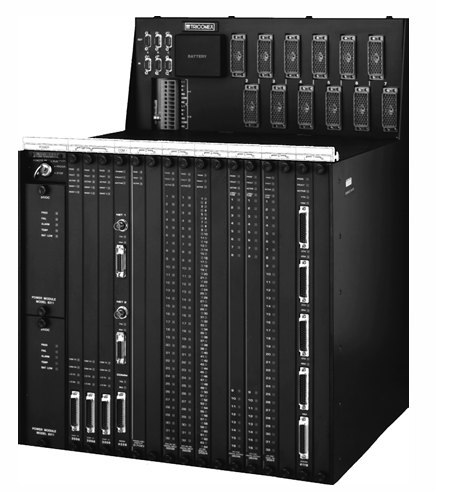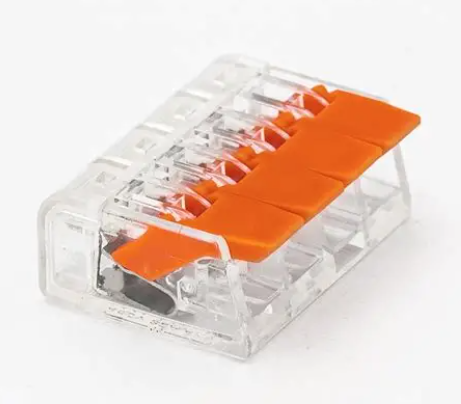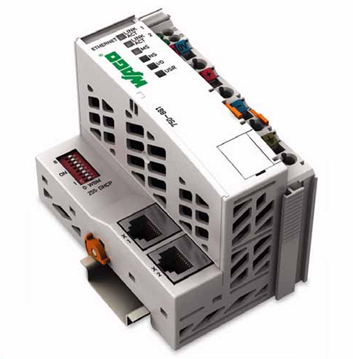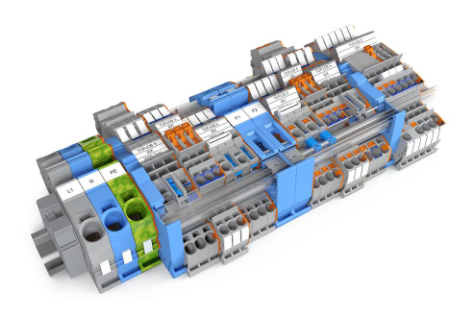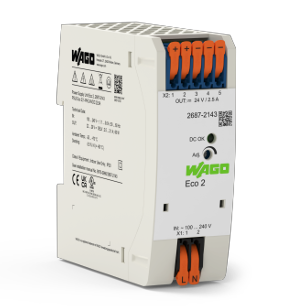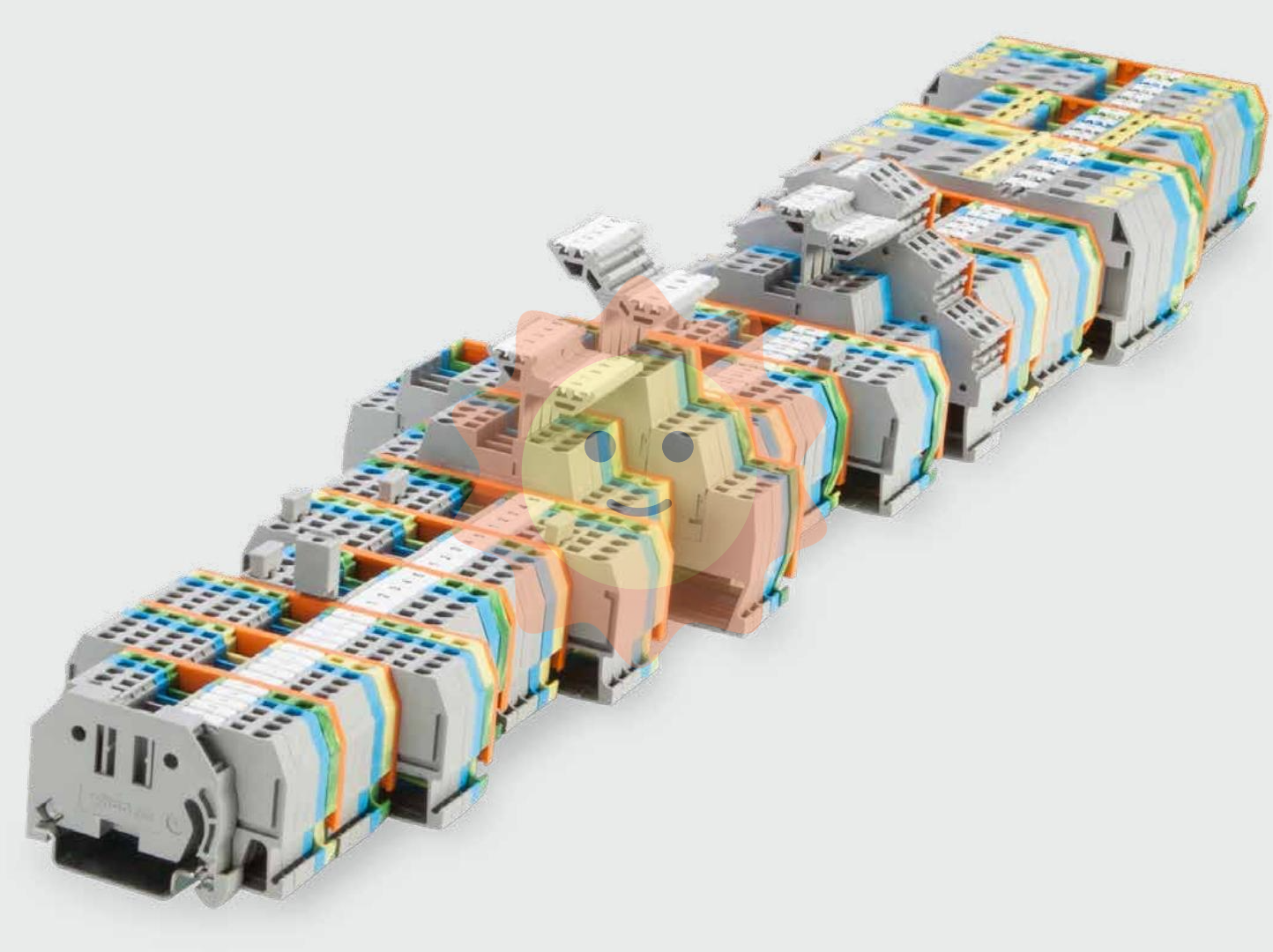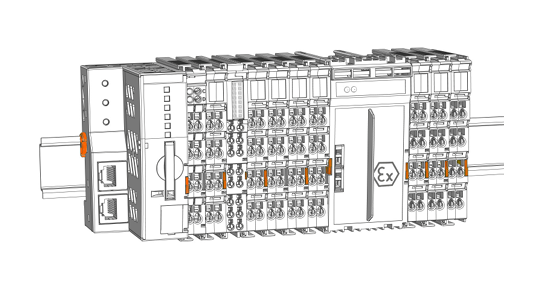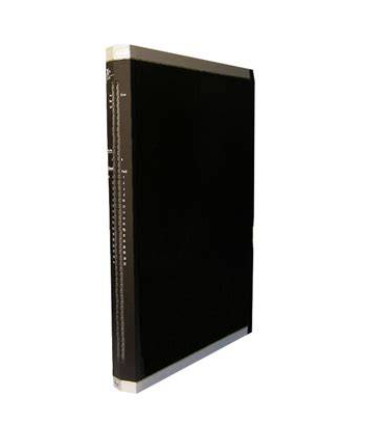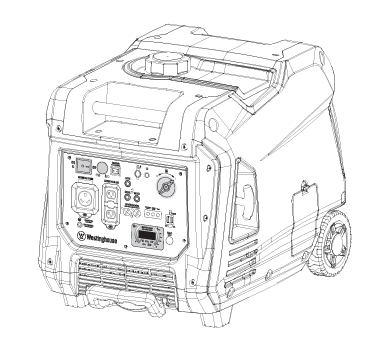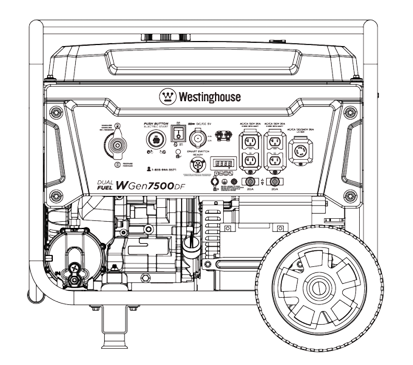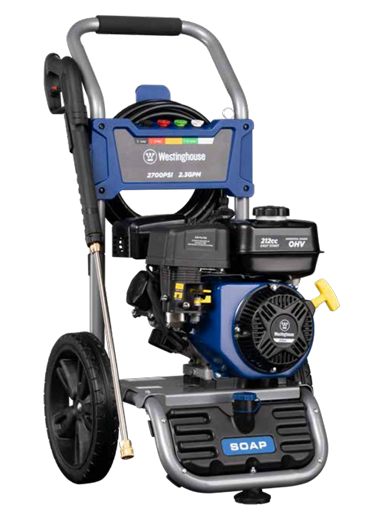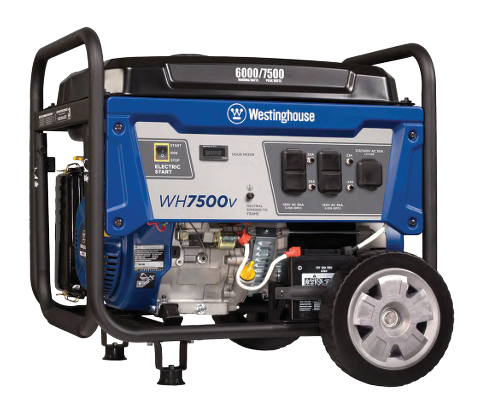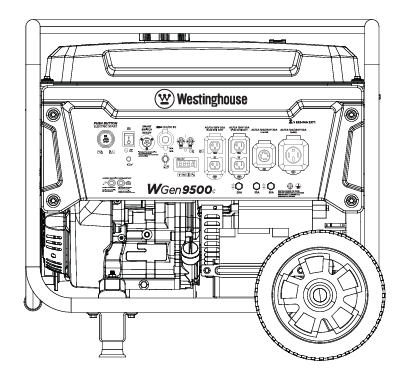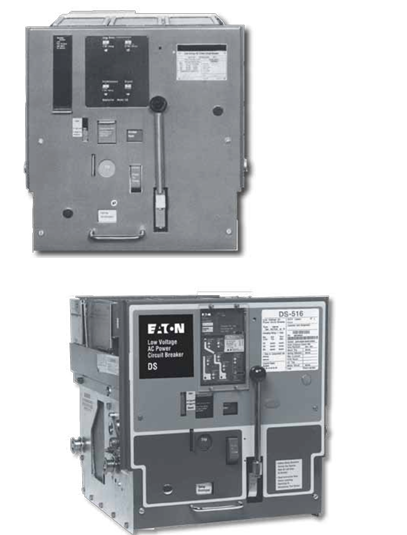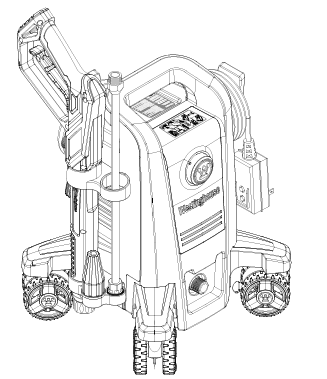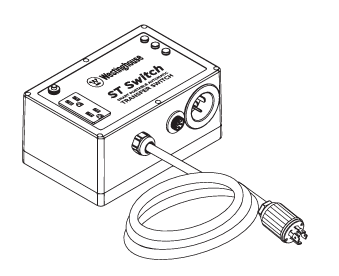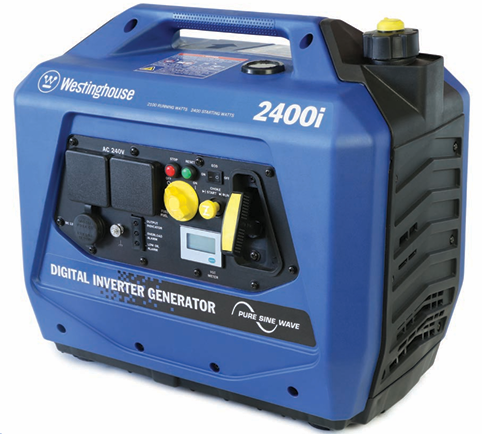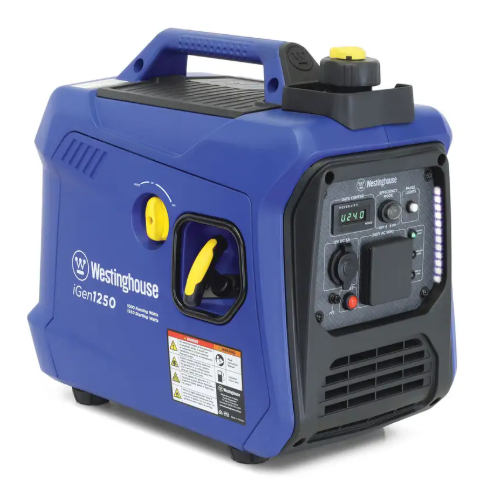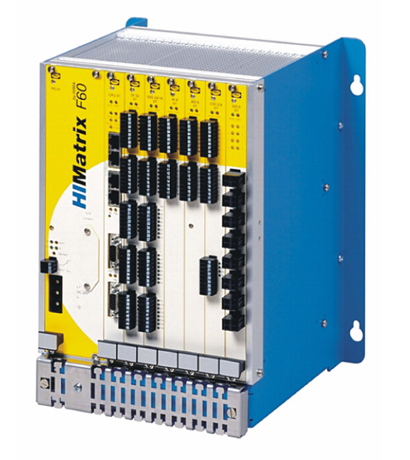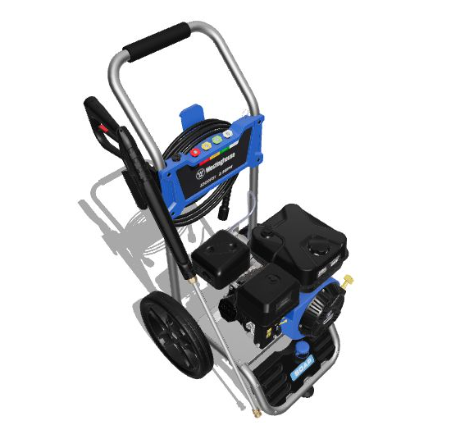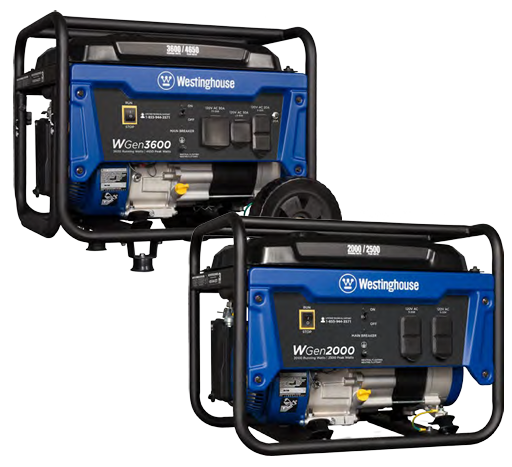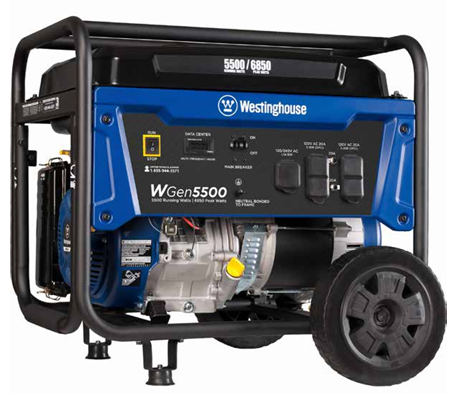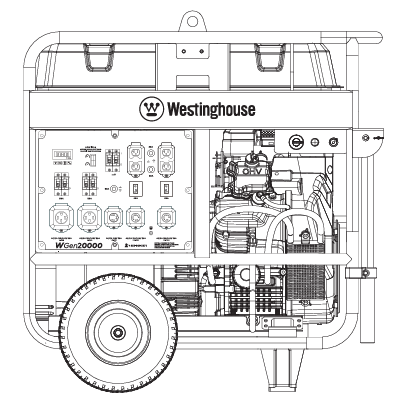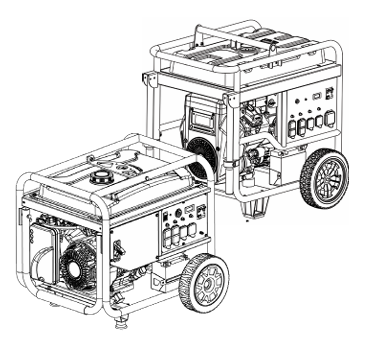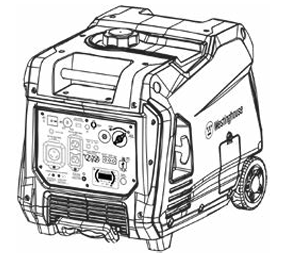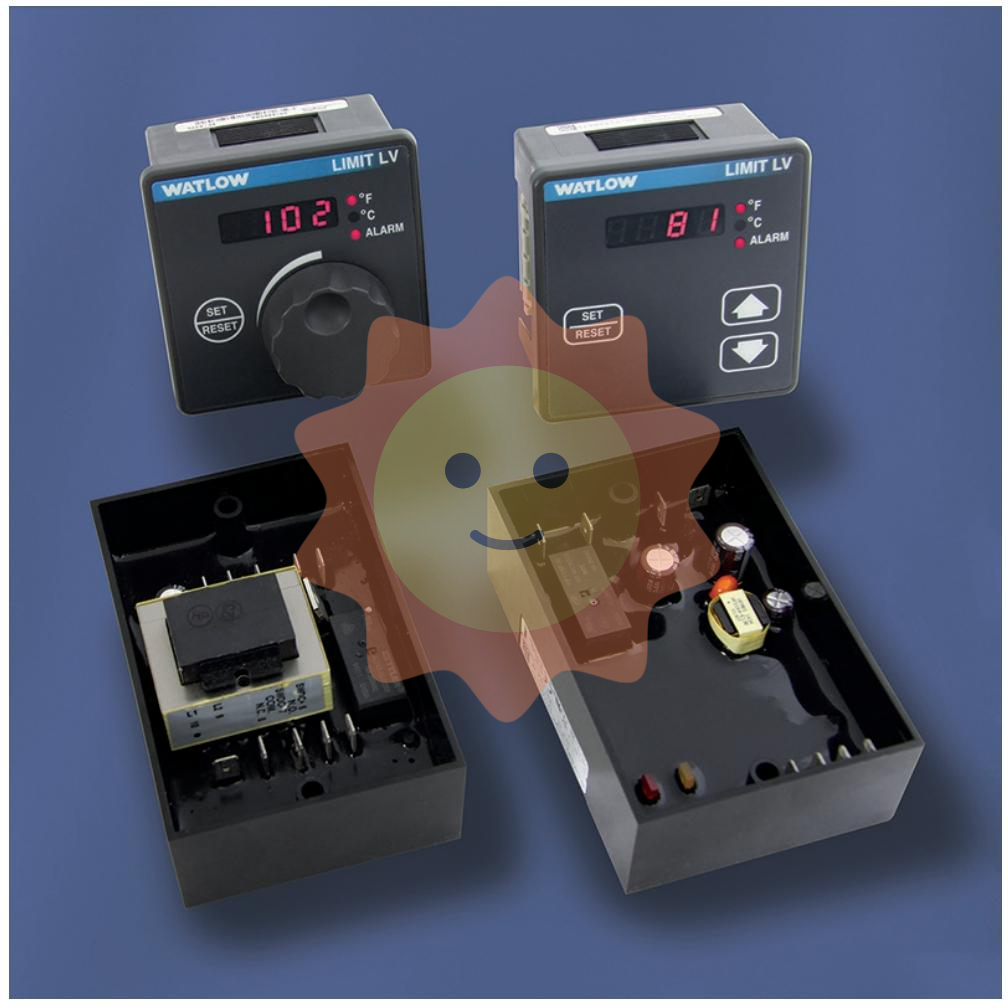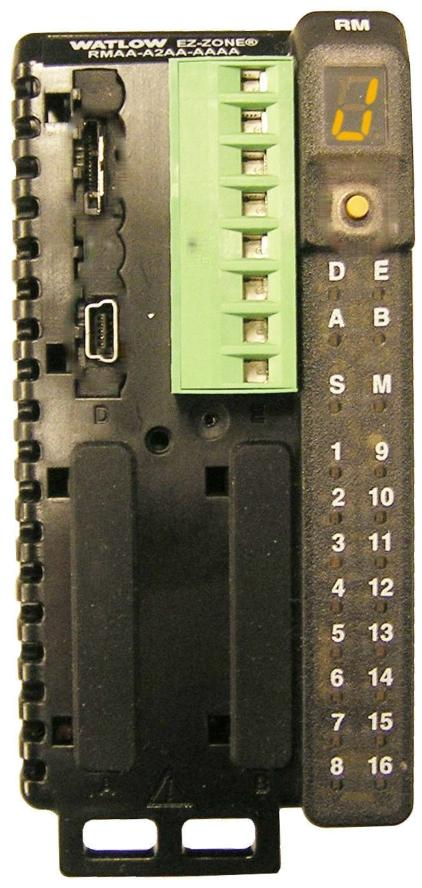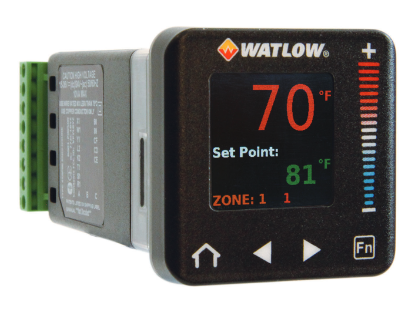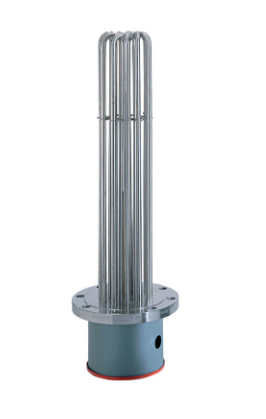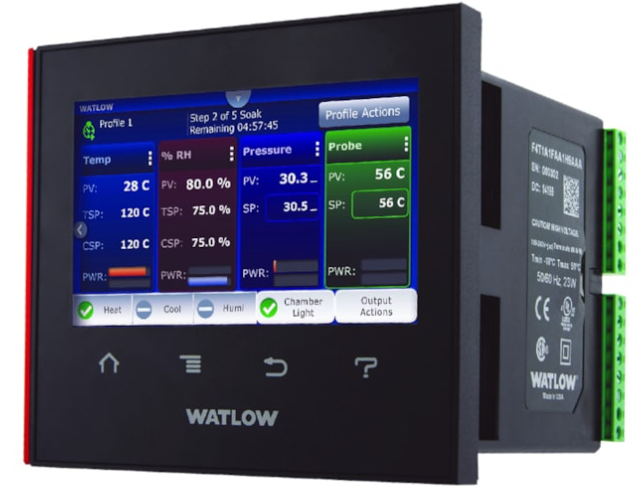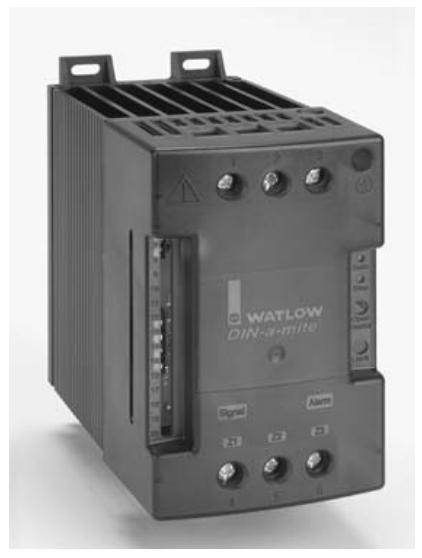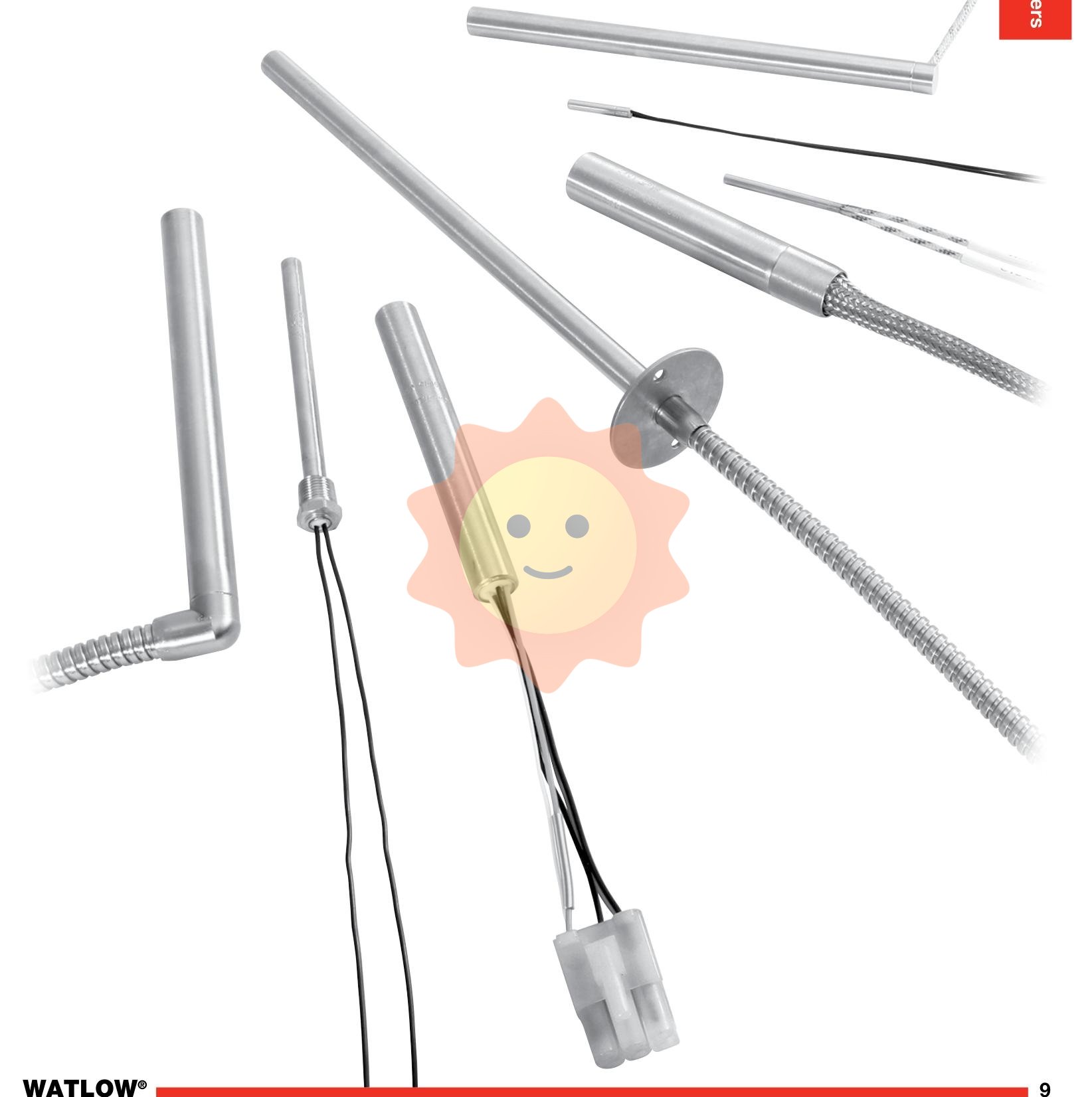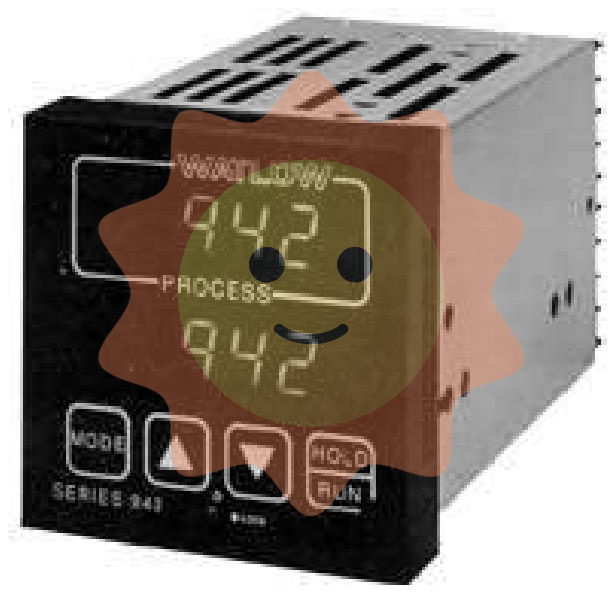ABB NIAM01 Analog Master Termination
Basic introduction
ABB NIAM01 Analog Master Termination is a key component in ABB automation control system, mainly used for processing analog signals, play a bridge role between analog equipment and control system, can effectively realize the acquisition, conversion and output control of analog signals.
Functional features
Analog signal acquisition and processing
The module has multiple analog input channels that can receive signals from various analog sensors (such as temperature sensors, pressure sensors, flow sensors, etc.). These input channels can accommodate a wide range of common industrial analog signals, such as 0 - 10V voltage signals, 4 - 20mA current signals, and so on.
For the acquired analog signals, the module performs a series of processing operations. It can filter the signal to remove the noise component in the signal, making the signal smoother and more stable. For example, in industrial environments where electromagnetic interference exists, signal quality can be effectively improved by filtering. At the same time, the signal can also be amplified or attenuated to meet the requirements of subsequent circuits or control systems on the amplitude of the signal.
Analog to Digital Conversion
With analog - digital (A/D) conversion function, can be collected into digital signals, analog signals, so that the digital control system for processing. The high resolution of the A/D conversion, typically 12 - 16 bits, means that a high level of signal conversion accuracy can be provided. For example, in a chemical process where precise temperature measurement is required, a high resolution A/D converter can more accurately convert the analog signal from a temperature sensor to a digital signal for more precise temperature control.
Similarly, there is a digital-to-analog (D/A) conversion function for converting control commands from a digital control system into analog signals for output to analog actuators (e.g., control valves, inverters, etc.). This enables the module to achieve precise control of analog devices, e.g. by outputting a 4 - 20mA current signal to precisely control the opening of a control valve.
Signal outputs and drive functions
In terms of outputs, the modules provide multiple analog output channels that can output stable analog signals to drive various analog devices. The range of output signals typically includes common industry standard signals such as 0 - 10V voltage signals and 4 - 20mA current signals.
Each output channel has a certain amount of drive capability to provide sufficient current or voltage to the connected analog device. For example, a 4 - 20mA current output channel can provide enough current to drive a device such as a control valve in the industrial field to ensure that the device works properly.
Communication and System Integration
Supports a variety of communication protocols, such as Modbus, Profibus, etc., which makes it easy to communicate with other devices. Through the communication interface, the module can transmit the collected analog signal data to the upper computer or other control systems, and also receive control commands from the control system.
In an automation system, it can be well integrated with other modules (e.g. digital I/O modules, controller modules, etc.) to form a complete control system. For example, in an industrial automation production line control system, NIAM01 module can be used with PLC (Programmable Logic Controller) to transmit analog signal data to PLC for processing, and at the same time output analog signals according to the control instructions issued by the PLC, so as to realize precise control of the production process.
Technical Parameters
Electrical parameters
Power supply voltage: usually 24V DC power supply, which is the commonly used DC power supply voltage in industrial control field, can provide stable power support for the internal circuit of the module to ensure its normal operation.
Power consumption: the power consumption of the module is generally low, the specific power consumption depends on the working status of the module (such as the number of input and output channels used, the complexity of signal processing, etc.), usually within a few watts, which helps to reduce energy consumption and heat.
Input Parameters
Analog Input Ranges: A variety of analog input signal ranges can be received, such as 0 - 5V, 1 - 5V, 4 - 20mA, etc., to accommodate different types of sensor output signals. The input impedance of the input channel is generally high, which reduces the load effect on the sensor signal and ensures accurate signal acquisition.
A/D conversion resolution: As mentioned earlier, the A/D conversion resolution is generally 12 - 16 bits, which can provide high signal conversion accuracy, and its conversion rate can also meet the real-time requirements of industrial control, generally in the range of thousands of conversions per second.
Output parameters
Analog output range: The main output range is 0 - 10V voltage signal and 4 - 20mA current signal, the output impedance of the output channel is different according to the type of output signal. For voltage outputs, the output impedance is low to ensure that the load can be driven efficiently; for current outputs, sufficient driving capability is provided to ensure signal accuracy over a certain load range.
D/A Conversion Resolution: The D/A conversion resolution is comparable to the A/D conversion resolution, which is generally 12 - 16 bits, ensuring the accuracy of the output analog signal.
Communication Parameters
Communication protocol support: It supports a variety of communication protocols, such as Modbus, Profibus, etc. These protocols are widely used in the field of industrial automation and have good compatibility and reliability. The module is able to transmit data according to the protocol, including data frame format, communication rate, error checking and other aspects can meet the protocol requirements.
Communication rate: the communication rate varies according to the protocol and specific settings, for example, under Modbus protocol, the communication rate can reach a certain baud rate (e.g. 9600bps - 115200bps), and under Profibus protocol, the communication rate can reach a higher speed (e.g. 1.5Mbps - 12Mbps), which can satisfy the real-time requirements of general industrial data transmission. real-time requirements of general industrial data transmission.

- User name Member Level Quantity Specification Purchase Date
- Satisfaction :
-









Email:wang@kongjiangauto.com

